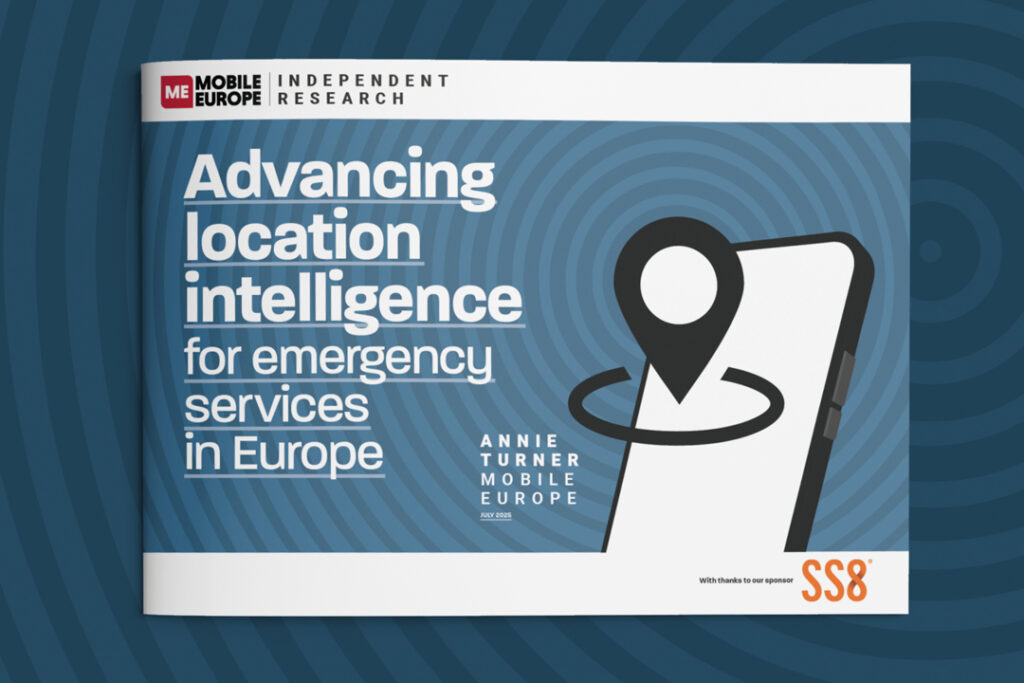It seems the court will probably set a date for a hearing in October or November, and unlikely that the parties will reach an agreement in the meantime
United Group’s founder, Dragan Solak, has had his request for urgent action by the Dutch Enterprise Chamber of the Amsterdam Court of Appeal turned down, according to a statement issued by United Group. Solak filed the request on 26 June, 10 days after United Group announced leadership changes.
Solak had alleged a “serious governance crisis” after Stan Miller was abruptly appointed CEO to lead United Group “as it strategically refocuses its business on EU markets following successful sale of non-EU operations,” a United Statement said at the time, adding that Founder Dragan Šolak and CEO Victoriya Boklag were to step down from their current positions.
Sudden departures
Their sudden dismissals raised serious concerns among editors within United Media (UM) with editors warning of possible political interference and threats to editorial independence. Maja Sever, President of the European Federation of Journalists (EFJ) was reported saying in an interview with Radio Free Europe (RFE) that his organisation backed a public appeal issued by UM editors across Serbia, Croatia, Bosnia and Herzegovina, Slovenia, Bulgaria and Montenegro.
United Group began as a Serbian cable company in 2000 but now has headquarters in Amsterdam and describes itself as the leading multi-play operator in south-east Europe with annual revenues of €3 billion. Solak worked alongside Boklag worked to expand the company and in March 2019, United Media became majority owned by BC Partners, an investment firm. It manages assets of more than €40 billion across the private equity, private debt and property.
Solak’s lawsuit in Amsterdam claimed the ousting was an act of “revenge” for an earlier legal undertaking at the start of June. According to the Law360 website, Solak had sued BC Partners over a €200 million bonus payment which was allegedly due after the €1.5 billion sale of two subsidiaries.
Future and value in jeopardy?
In Solak’s submission to the court in Amsterdam, he stated that, “BC Partners’s unilateral decision to impose new leadership, suddenly and without notice to staff or shareholders, on a highly complex business operating across multiple jurisdictions is in breach of Dutch law and puts United Group’s future and value in jeopardy.”
BC Partners had also rejected a recent proposed management buyout. Solak said this “could have made them triple their investment in United Group”, adding it “demonstrates our success to date and will serve as a benchmark against which the new management’s performance in delivering shareholder value will be judged.”
BC Partners’ view
In a statement released today, United Group confirmed “that Mr Dragan Šolak, through companies he owns, together with previous management have submitted a request to the Enterprise Chamber of the Amsterdam Court of Appeal.
“Šolak complains about his consultancy agreement not being extended by United Group, and about his own companies not having received swift payments, including dividend. These complaints solely serve the interests of Šolak, and not United Group. In the request to the Enterprise Chamber, Šolak asks the court to urgently take measures, feigning that there is a ‘serious governance crisis’.”
The statement went on to say that, “United Group B.V. rejects his claims and assertions and has explained the court that there is no basis for urgently considering this matter. Current management of the group is highly capable of running United Group. New CEO Mr Stan Miller and Deputy CEO Mr Libor Voncina both have extensive experience in executive positions in the telecom and media sectors.
“The Enterprise Chamber rejected Šolak’s request to take on this matter on an urgent basis. It is expected the court will set a date for a hearing in October or November 2025. United Group is confident in the outcome of the case and the rejection of Šolak’s claims.”



